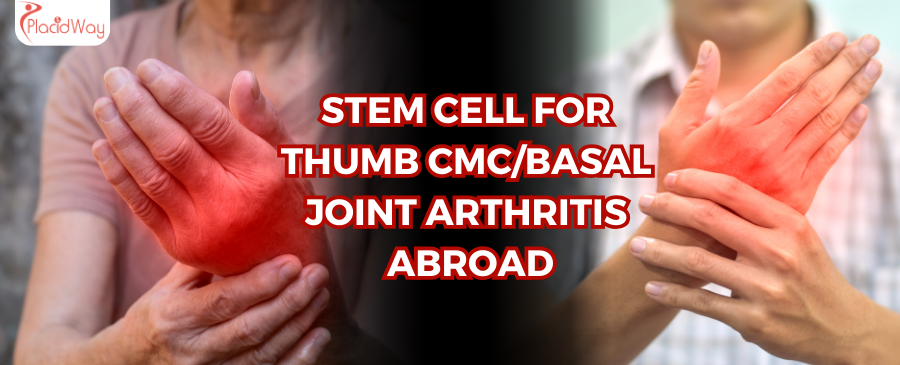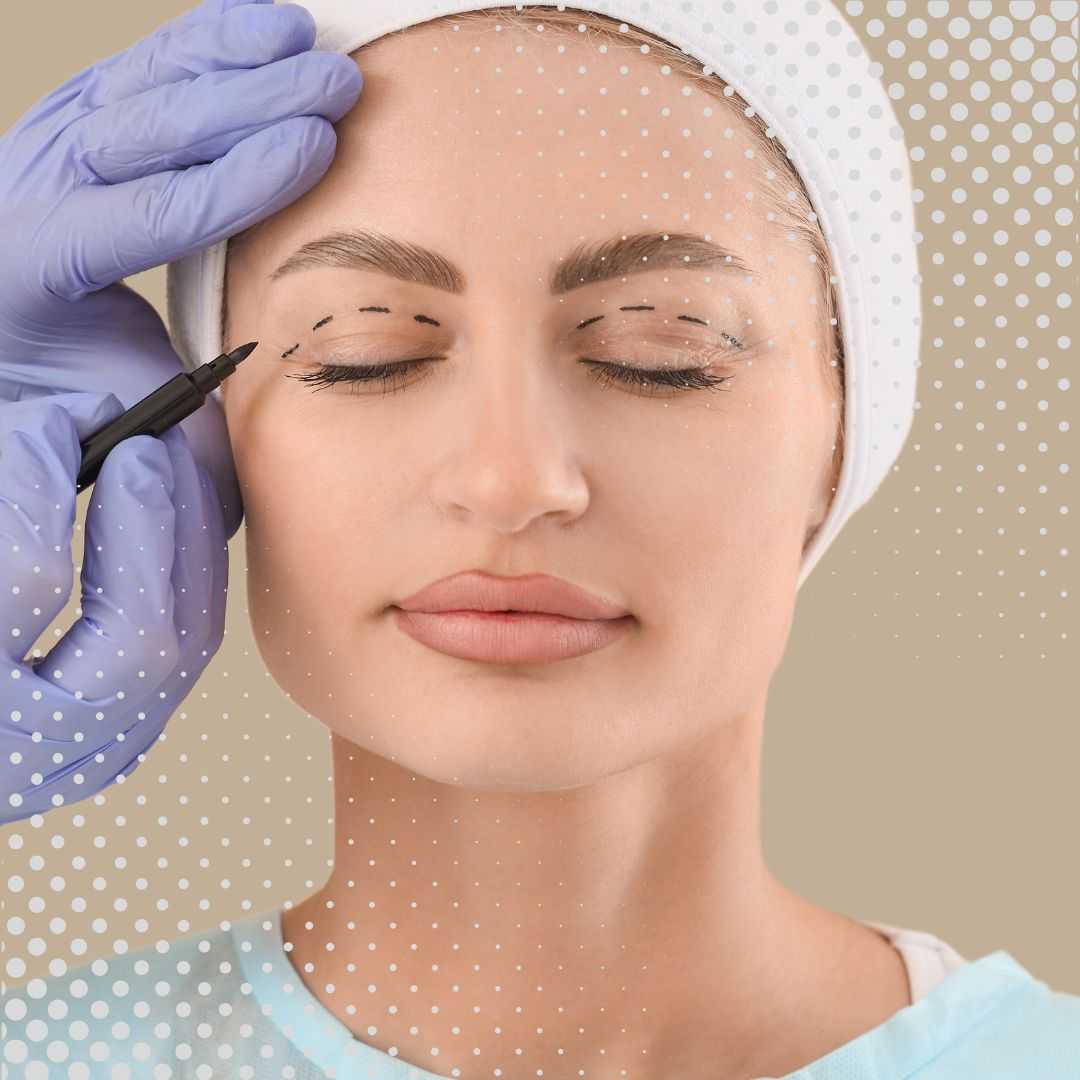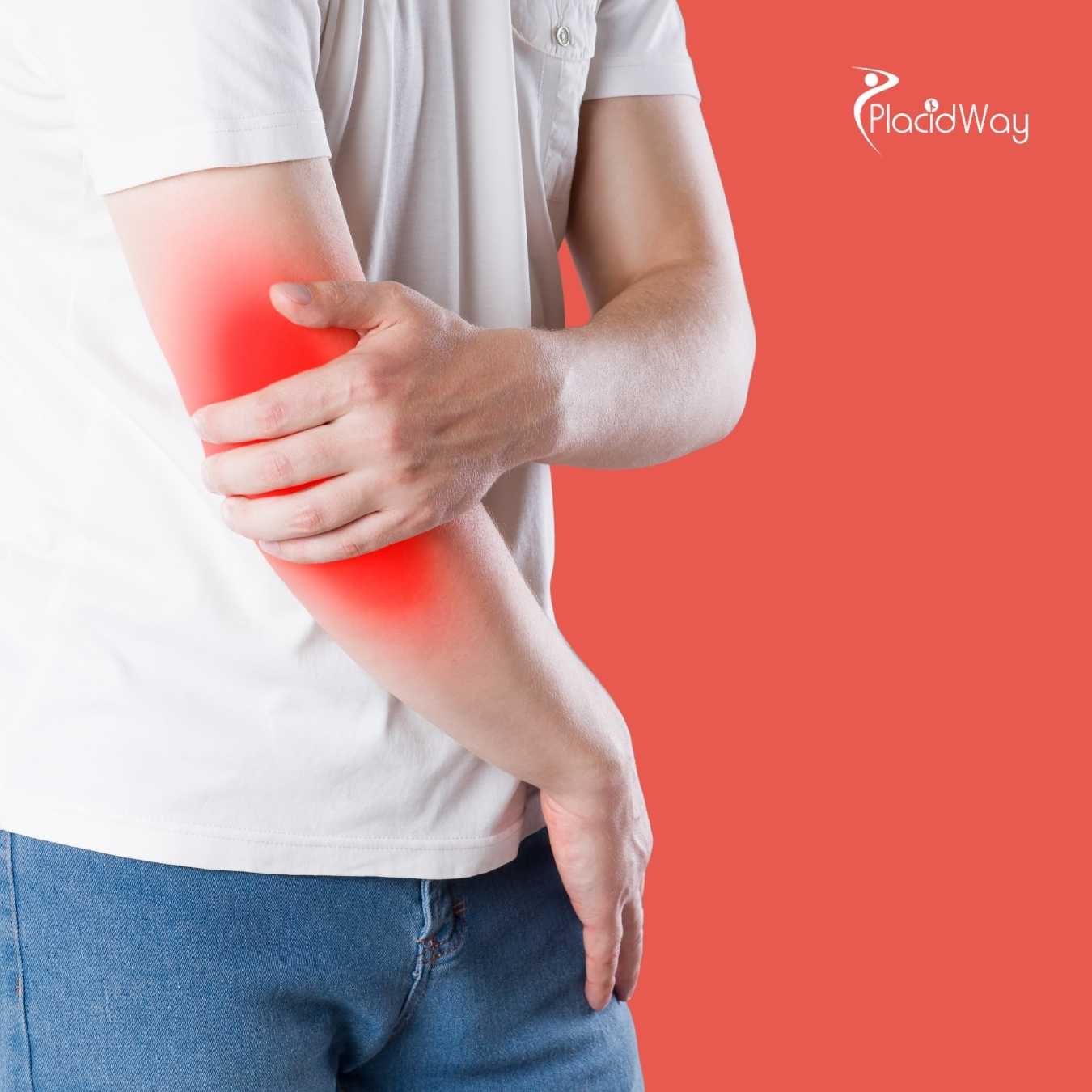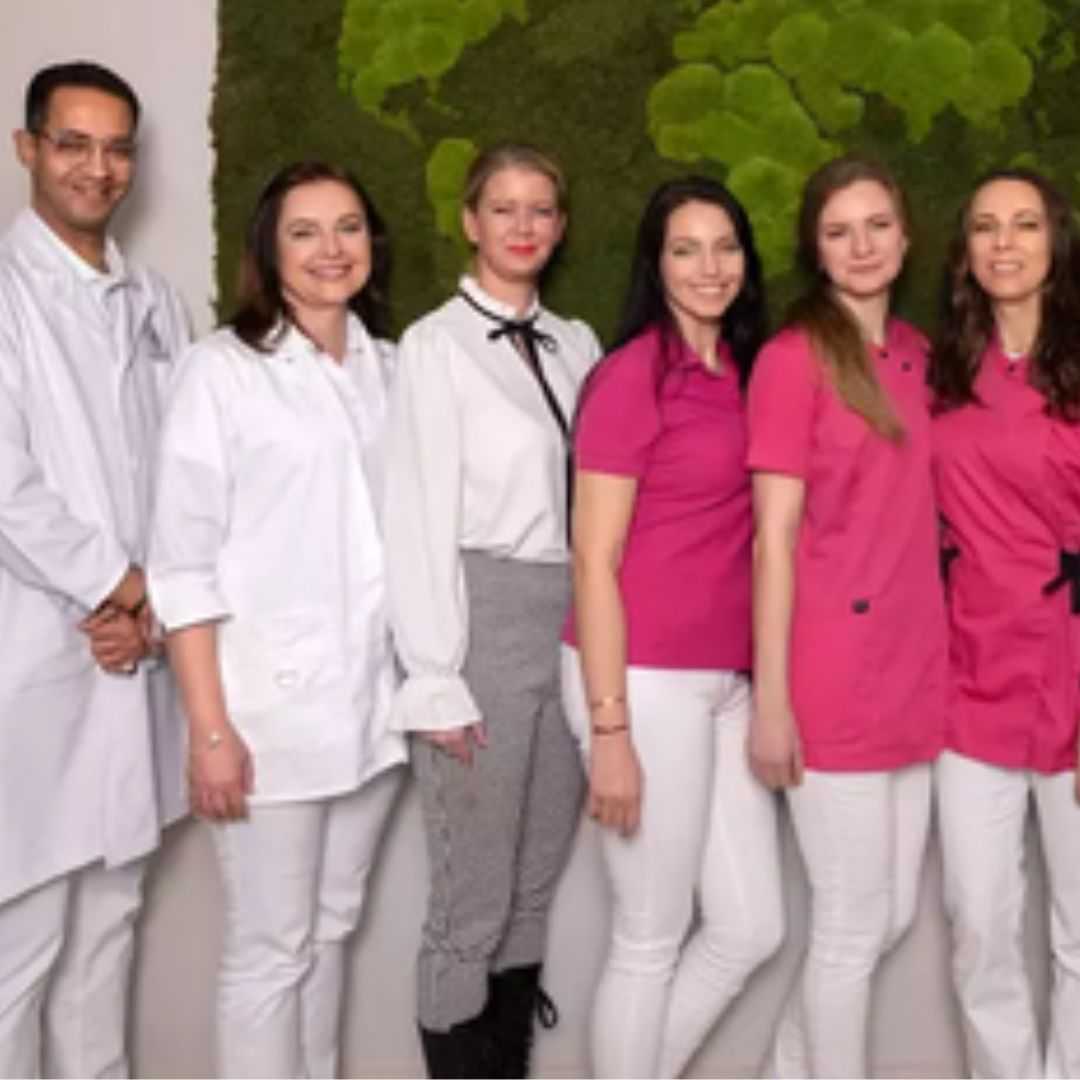
Think about how often you use your thumbs. From texting on a smartphone and opening a jar to simply gripping a pen, the thumb is essential for countless daily tasks. When the joint at the base of the thumb—the carpometacarpal (CMC) or basal joint—becomes arthritic, it can cause debilitating pain, weakness, and a loss of motion that significantly impacts your quality of life. For years, the primary treatment options were temporary fixes like steroid injections or invasive procedures like joint fusion or replacement surgery. These solutions often come with long recovery times and mixed results. But the field of medicine is evolving, and regenerative treatments are offering new hope.
One of the most promising advancements is stem cell therapy for thumb arthritis. This innovative approach moves beyond merely managing symptoms and aims to address the root cause of the problem: damaged cartilage. By harnessing the incredible healing potential of your own stem cells, this therapy actually seeks to repair the joint. The procedure involves harvesting stem cells from an area of your body with a rich supply, like bone marrow or adipose (fat) tissue, concentrating them, and then precisely injecting them into the damaged basal joint. These cells can then work to reduce inflammation and potentially regenerate new, healthy cartilage. This guide will answer all the common questions people have about using stem cell therapy to treat thumb CMC arthritis, providing clear, detailed information to help you understand if this could be the right path for you.
What is Thumb CMC/Basal Joint Arthritis?
The CMC joint is a specialized saddle-shaped joint that allows the thumb its wide range of motion, including the ability to pivot, swivel, and pinch. This flexibility, however, also makes it susceptible to wear and tear over time. As the smooth cartilage that covers the ends of the bones deteriorates, the bones start to grind against each other.
This condition is more common in women than in men, especially after the age of 40. The primary symptoms include a deep, aching pain at the base of the thumb, particularly after gripping or pinching activities. You might also experience swelling, a noticeable bump over the joint, and a decreased range of motion, making simple tasks like turning a key or buttoning a shirt very difficult.
How Does Stem Cell Therapy Work for Thumb Arthritis?
The key players in this therapy are mesenchymal stem cells (MSCs). These are undifferentiated cells that have the remarkable ability to transform into various specialized cell types, including chondrocytes, which are the cells that form cartilage. When injected into the arthritic basal joint, MSCs initiate a powerful healing cascade.
The process provides a dual benefit:
- Powerful Anti-Inflammatory Effect: Stem cells release proteins that significantly calm the chronic inflammation within the joint. This is often the first source of pain relief for patients.
- Regenerative Potential: The growth factors released by the stem cells encourage the existing cartilage to heal, while the stem cells themselves can help build a new cartilage matrix, effectively "resurfacing" the joint and improving its function.
What is the Cost of Stem Cell Therapy for Thumb Arthritis?
Since stem cell therapy is still considered an emerging treatment, it is generally not covered by insurance plans. The cost can be a significant factor for many patients. The price difference often reflects the comprehensiveness of the treatment protocol. For example, a procedure using stem cells derived from bone marrow (BMAC) may be more expensive than one using adipose tissue due to the harvesting technique.
Medical tourism can present a more affordable pathway. Many internationally accredited clinics offer the same high-quality procedures at a lower price point due to reduced operational and administrative costs.
| Region | Average Cost Range (USD) | Notes |
|---|---|---|
| United States / Canada | $5,000 - $9,000 | High overhead and regulatory costs. |
| Western Europe | $4,500 - $8,000 | Stringent medical standards and high operational expenses. |
| Mexico / Latin America | $3,000 - $6,000 | Competitive pricing in the medical tourism sector. |
| Philippines / Southeast Asia | $3,000 - $5,500 | Quality care with lower labor and facility costs. |
Am I a Good Candidate for This Treatment?
This therapy tends to be most effective in the earlier stages of arthritis before severe bone deformity has occurred. A thorough evaluation by a regenerative medicine specialist is crucial. This will typically involve a physical examination of your hand and imaging tests like X-rays or an MRI to assess the extent of the joint damage.
You may not be a suitable candidate if you have:
- An active infection or cancer.
- Certain blood-related medical conditions.
- Severe, bone-on-bone arthritis with significant joint deformity. In such cases, surgery might be a more realistic option.
What is the Stem Cell Procedure Like?
The process is designed to be minimally invasive. First, a local anesthetic is used to numb the harvest area (usually the back of the hip for bone marrow or the abdomen for fat tissue). A specialized needle is used to collect the sample, a process that causes some pressure but is generally not painful.
Next, the collected sample is placed in a centrifuge machine that spins it at high speeds to separate and concentrate the stem cells and growth factors. This creates a powerful, injectable solution. Finally, the specialist will use an ultrasound machine to visualize the basal joint and guide the injection, ensuring the stem cells are delivered exactly where they are needed most.
Is the Procedure Painful? What is Recovery Like?
Unlike surgery, stem cell therapy does not require a long and arduous rehabilitation period. The post-procedure soreness is a sign that the body is initiating a healing response. You will be advised to rest the hand and avoid strenuous gripping or pinching for the first week or two.
Your doctor will likely recommend a period of wearing a thumb spica splint to protect the joint as it begins to heal. This is often followed by a course of physical or occupational therapy to gently restore strength and range of motion to the thumb and hand.
How Long Does It Take to See Results?
It's important to have realistic expectations. The body needs time to regenerate tissue. The initial decrease in inflammation can provide early relief, but the true structural improvements happen over several months. The goal of stem cell therapy for thumb arthritis is long-term relief and functional improvement, not an instant fix.
Follow-up appointments with your doctor will help track your progress. The success of the treatment is typically measured by a reduction in your reported pain levels, an increase in grip and pinch strength, and improved ability to perform daily activities without discomfort.
Ready to Reclaim Your Hand Function?
Don't let thumb arthritis dictate your life. PlacidWay is your trusted partner in exploring cutting-edge regenerative medicine solutions worldwide. We connect you with pre-screened, world-class clinics specializing in stem cell therapy for joint conditions. Find an affordable, high-quality treatment plan that fits your needs.
Stem Cell Therapy Abroad










Share this listing